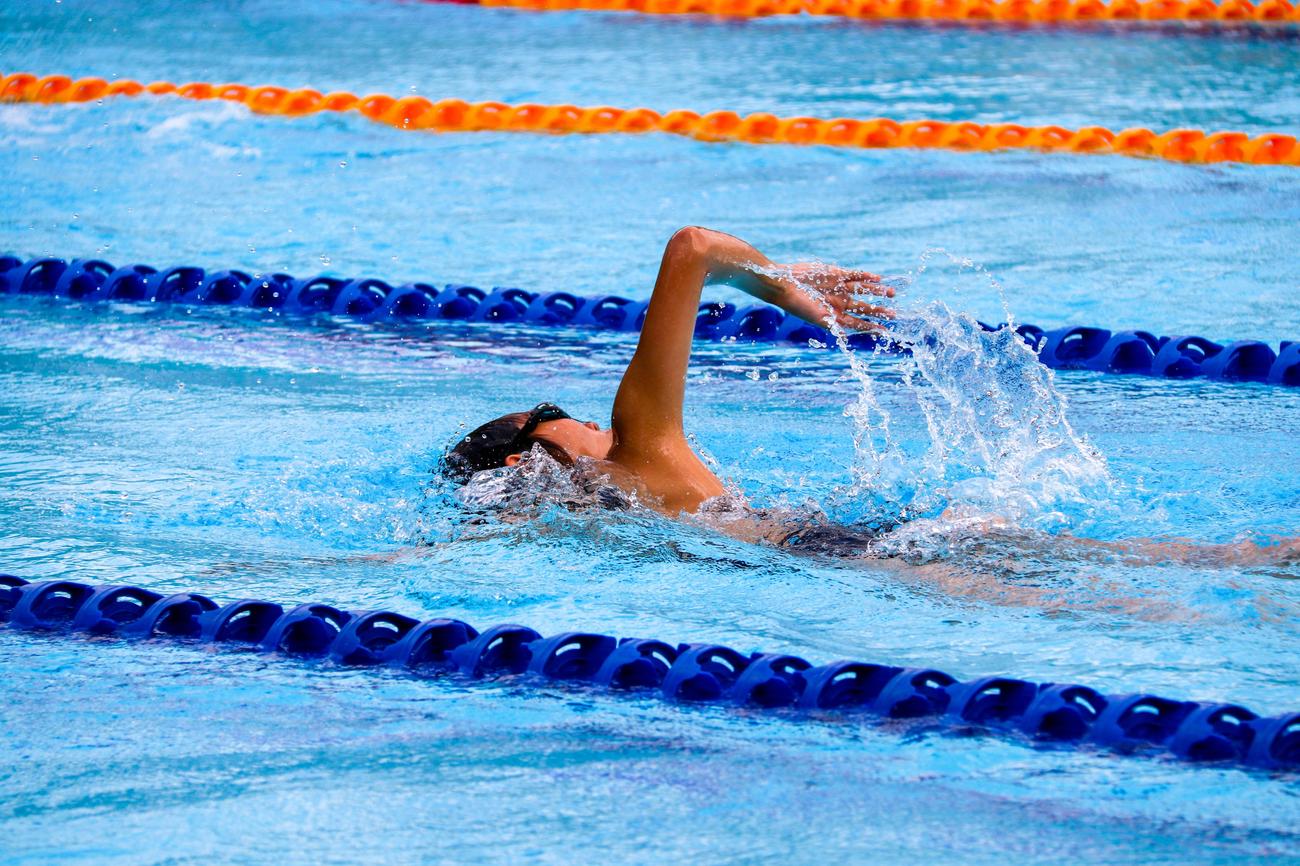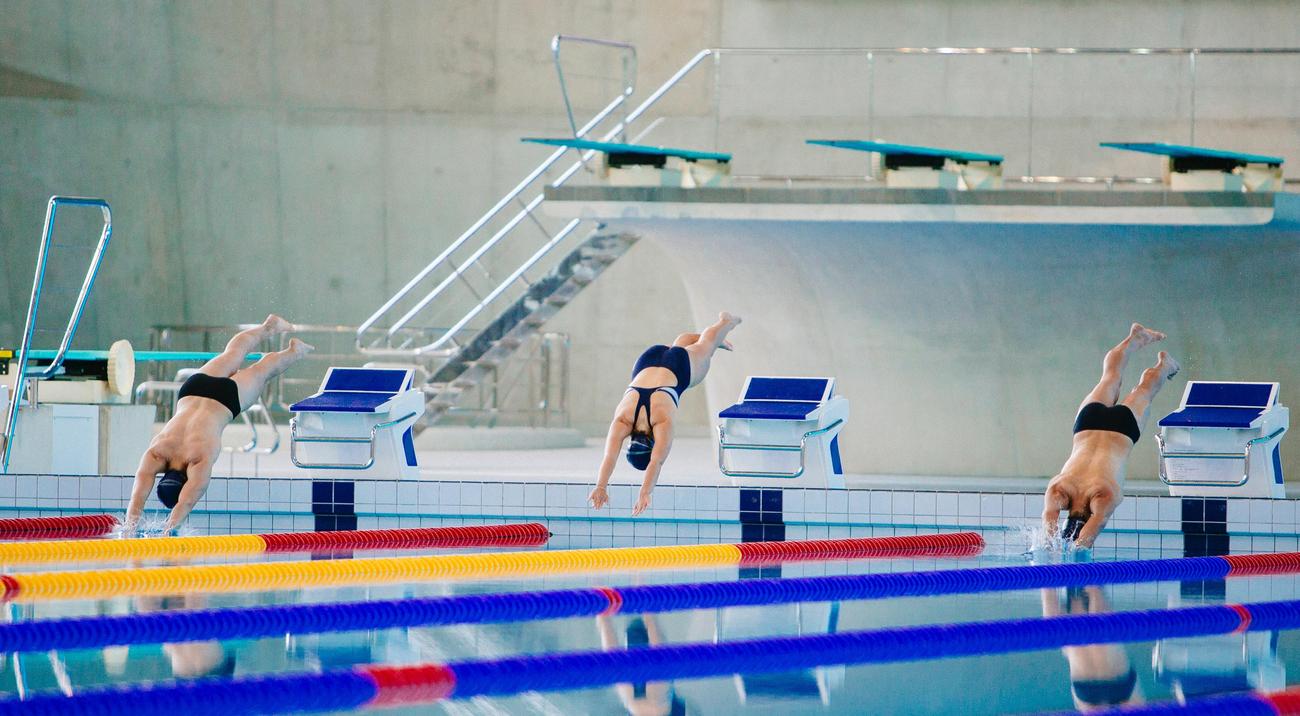Are you ready to dive into the depths of swimming history like never before? Prepare to be captivated as we unveil the hidden gems and forgotten heroes of the pool. In this article, we embark on a thrilling journey through the lesser-known aspects of swimming history, where groundbreaking techniques and unsung pioneers come to life. As an experienced sports historian and passionate writer, I have dedicated countless hours to research and unravel the untold stories that lie beneath the surface. So, let’s strap on our goggles and delve into the rich tapestry of lesser-known swimming history, where fascinating tales await at every stroke.

Unearthing the Hidden Gems of Lesser-Known Swimming History
Swimming has a rich and fascinating history, filled with hidden stories and forgotten heroes that have shaped the sport we know today. While most people are familiar with iconic moments like the first modern Olympic games or the formation of international swimming associations, there is so much more to discover when we delve into the lesser-known aspects of swimming history.
Ancient Origins – A Dip into the Past
To truly dive into the depths of swimming history, we must journey back thousands of years. Ancient civilizations like Egypt, Babylon, and Assyria valued swimming as an important skill and featured depictions of swimmers in their artwork. From cave paintings to clay seals, these early glimpses show us that swimming has been a part of human culture since time immemorial.
As we move forward in time, we encounter more concrete evidence of swimming’s significance. The Indian palace of Mohenjo Daro, dating back to 2800 BC, boasted a swimming pool, demonstrating the sport’s enduring popularity. Similarly, the Minoan palace of Knossos in Crete included bathing areas, emphasizing the cultural value placed on swimming even in ancient times.
Nikolaus Wynmann Takes the Plunge
Fast forward to the Early Modern era, where swimming experienced a decline in popularity due to increasing conservatism. However, one man sought to change that. In 1538, Nikolaus Wynmann published “Colymbetes, sive de arte natandi dialogus et festivus et iucundus lectu,” the earliest known complete book on swimming. Wynmann’s work aimed to reduce the dangers of drowning by sharing a methodical approach to learning breaststroke and introducing swimming aids like cow bladders, reed bundles, and cork belts.
Christopher Middleton Makes a Splash
The world of swimming literature continued to evolve, and in 1595, Christopher Middleton’s guide, “A short introduction for to learn to swim,” became the first published work to include drawings and examples of swimming styles. With this publication, swimming began to shift from a purely practical skill to an art form requiring technique and finesse.
Melchisédech Thévenot Takes Breaststroke to New Depths
In 1696, Melchisédech Thévenot’s book, “The Art of Swimming,” was published, describing a breaststroke technique similar to the modern form. Thévenot’s work became the standard reference for swimming for many years, reinforcing the importance of proper form and technique in the sport.
GutsMuths – A Revolutionary Approach to Learning
Swimming education took yet another leap forward in 1798 when Johann Christoph Friedrich GutsMuths wrote a book that revolutionized the way people learned to swim. GutsMuths introduced a three-step approach, emphasizing becoming comfortable in the water, practicing movements out of the water, and finally, practicing in the water. Additionally, GutsMuths advocated for self-study using a “fishing rod” device, promoting a more independent and accessible approach to swimming education.
Each of these historical moments represents a hidden gem in swimming history. From ancient civilizations embracing swimming as a valuable skill to the groundbreaking books that shaped swimming techniques and education, understanding these lesser-known aspects allows us to appreciate the sport’s development in a more holistic way.
In Conclusion
As we dive into the depths of lesser-known swimming history, we uncover the hidden gems that have shaped the sport over the centuries. From ancient art to influential books, each discovery brings us closer to understanding the evolution of swimming and the resilient spirit of those who championed the sport.
So, let us continue to explore, learn, and celebrate the forgotten heroes and untold stories of swimming. By unearthing these hidden gems, we illuminate the path for future swimmers and ensure that the legacy of swimming history continues to inspire the champions of tomorrow.
“Through the depths of forgotten tales and unsung heroes, swimming history reveals itself as a breathtaking journey that has shaped our present strokes and fueled our desire to glide through the water with grace and strength.”
Swimming is not only a popular recreational activity, but also has a rich history that spans thousands of years. If you’re fascinated by the origins and evolution of this timeless water sport, you’ll definitely want to dive into these 10 historical facts about swimming. From ancient civilizations to modern Olympic achievements, this curated list will take you on a journey through time and provide you with a deeper appreciation for the sport. So, why wait? Click here to explore the intriguing history of swimming: 10 Historical Facts About Swimming. You won’t be disappointed!
FAQ
Question 1
What is the earliest known book about swimming?
Answer 1
The earliest known complete book about swimming is called “Colymbetes, sive de arte natandi dialogus et festivus et iucundus lectu (The Swimmer, or A Dialogue on the Art of Swimming and Joyful and Pleasant to Read)” and was written by Nikolaus Wynmann in 1538.
Question 2
When was swimming included in the first modern Olympic games?
Answer 2
Swimming was part of the first modern Olympic games in 1896 in Athens.
Question 3
When was the world swimming association, Fédération Internationale de Natation (FINA), formed?
Answer 3
The world swimming association, Fédération Internationale de Natation (FINA), was formed in 1908.
Question 4
What are some ancient depictions of swimming?
Answer 4
Ancient cave paintings in Egypt dating back 10,000 years show people swimming, possibly in breaststroke or doggy paddle style. Babylonian and Assyrian wall drawings depict a variant of the breaststroke. Drawings in the Kebir desert from around 4000 BC and the Nagoda bas-relief from 3000 BC also show swimmers.
Question 5
Who wrote a book on swimming in 1538 to reduce the dangers of drowning?
Answer 5
Nikolaus Wynmann wrote a book on swimming in 1538 to reduce the dangers of drowning, featuring a methodical approach to learning breaststroke and swimming aids such as cow bladders, reed bundles, and cork belts.
- Senior at What Age: Benefits & Eligibility Guide - March 29, 2025
- Unlocking Senior Benefits: How Old is a Senior? Your Complete Guide - March 29, 2025
- Master Russian Politeness:A Guide to Saying Please - March 29, 2025
















